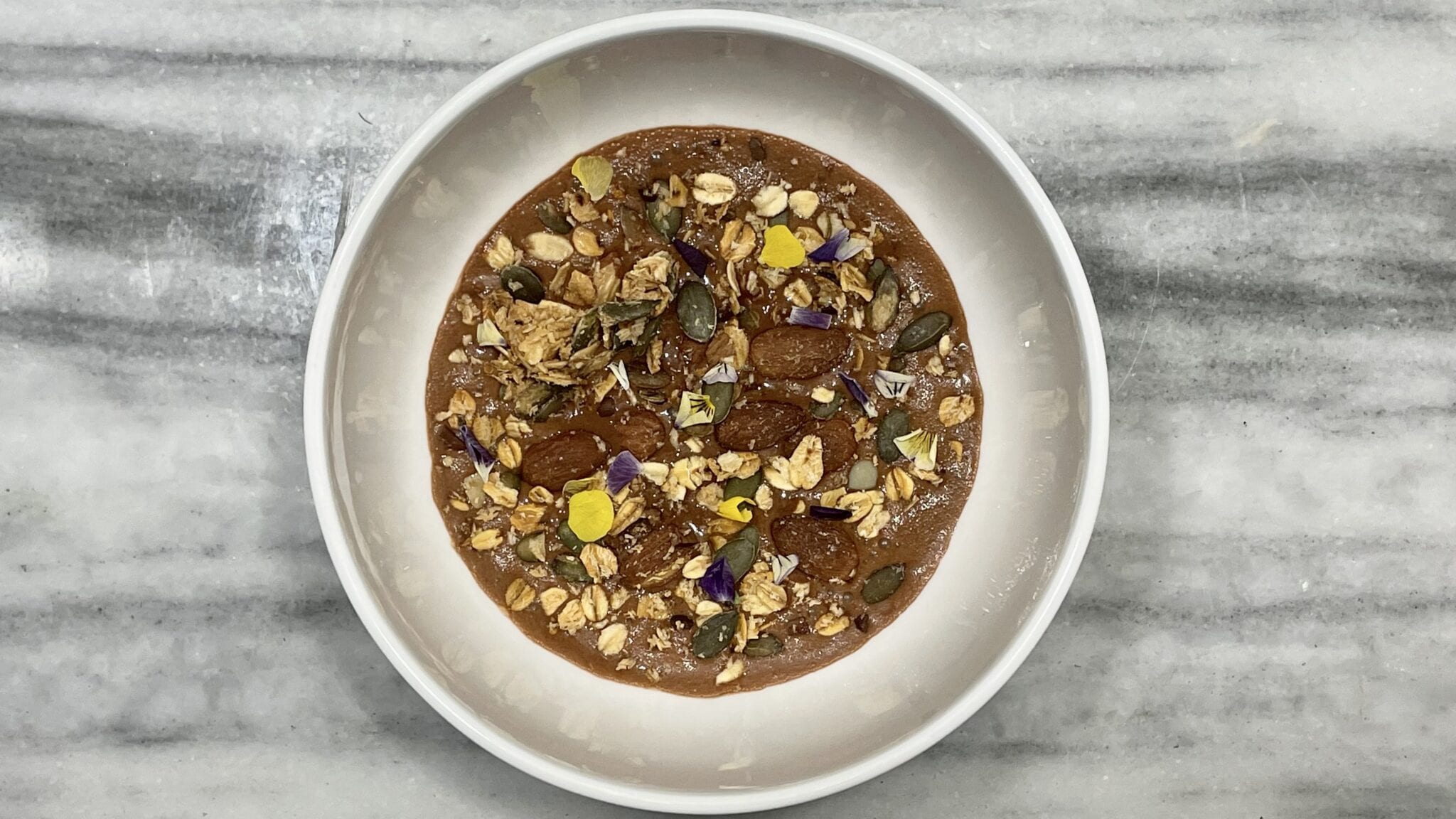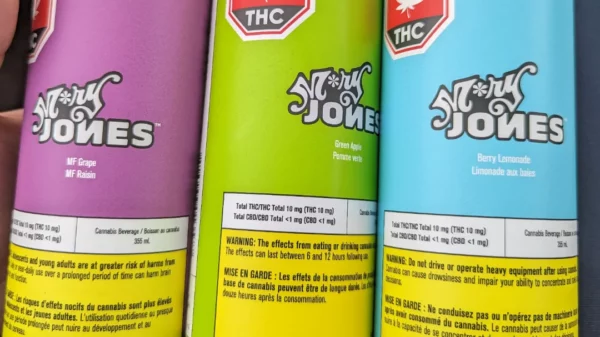Every year (pandemic excluded) my kids attend summer camp in Northern Ontario, a welcomed holiday for both kids and parents. A few summers ago, I took advantage of their absence by decarboxylating cannabis in the oven and infusing four litres of coconut oil.
The decarboxylation process can be quite aromatic, so the timing was perfect and allowed the smell to dissipate for a few weeks before the kiddos returned. Parenting at its finest.
Fast forward three years, I still have that same four litres of cannabis oil sitting in my fridge, I never use it and here’s why: My goal is to create a repeatable experience for me and my guests, and my infusion won’t do the trick.
The underlying issue is that without testing my oil, I can’t tell you exactly how potent it is.
When I began consuming cannabis as a patient, I quickly realized how important it is to know the precise potency of my oils, so I can determine the “sweet spot” relative to my tolerance. That’s the point where I feel best on cannabis, and I want to have that same experience time and time again. This is how I define a repeatable experience.
At its core is knowing the amount of cannabis in your food or drink. If products have more cannabis than a consumer expects it could result in a negative experience, and then we (the proverbial “we” of the cannabis community) have lost this person forever.
Read more: ‘Pop’ goes the flavour: adding acidity to your favourite savoury infused dish
If products contain less cannabis than expected, consumers won’t get their desired effect. It’s essential that everyone making infused goods — whether for a friend, family member or client — ensure the dosing reflects what’s being advertised.

With his kids away at summer cap, chef Jordan Wagman took the opportunity to decarboxylate weed in his oven and infuse four litres of oil. Photo by Magnetawan via Wikimedia Commons
The distillates and isolates I buy have the potency documented on the label which removes the guesswork entirely. Here’s the simple math: the amount of cannabis I add divided by the number of portions yielded equals the amount of cannabis in each serving.
In theory, this seems simple and makes sense, in practice it’s only half the battle.
I infuse cannabis into food that can easily be emulsified, properly dispersing the cannabis, creating an homogenous mixture. For example, I infuse tomato sauce, pesto, salad dressings, brownies or ice cream in a blender, or with an immersion blender, at high speed to create an even emulsification.
Adding nuts, seeds, legumes, fruits or vegetables helps to keep purees emulsified and prevents the mixture from separating.
However, infusing food with this approach isn’t an exact science. It involves some wiggle room, but it’s one of the most efficient ways to infuse your drinks and dishes with cannabis, while providing you and your guests a predictable, repeatable experience.
Infused chocolate sauce
Yield
Makes around 1¼ cups, or 300 mL.
What you’ll need
A blender or immersion blender.
Ingredients
| 1 cup (250 mL) | almond milk |
| ¼ cup (60 mL) | cacao powder |
| ¼ cup (60 mL) | maple syrup |
| 3 tbsp (45 mL) | almond flour |
| 1 tsp (5 mL) | vanilla extract |
| 1 tsp (5 mL) | cannabis distillate or isolate (approximately 20 mg/mL) |
Preparation
- In a blender, or using an immersion blender in a deep container, combine the almond milk, cacao, maple syrup, almond flour, vanilla extract and cannabis, and blend on high until the mixture is homogeneous (about 30 seconds).
- Transfer the sauce to a container and refrigerate for a minimum of four hours to thicken.
- Remove from the fridge, whisk well to combine any solids that may have settled on the bottom of the container, and serve immediately.
Serve this sauce with your granola in the morning, or with your favorite ice cream for dessert.
Jordan Wagman is a James Beard Award-nominated chef, bestselling cookbook author and cannabis culinary expert. Although he was taught classical French technique, his battle with psoriasis led him to eventually cut gluten, dairy and refined sugar from his cuisine. He also cites THC and CBD as pillars to his health.














